July 22, 2021 – A WONDERFUL CONFECTION OF ARCHITECTURE AND RESTORATION


THURSDAY, JULY 22, 2021
THE 422nd EDITION
FROM OUR ARCHIVES
Jefferson Market
Courthouse
from: Daytonian in Manhattan

Some years ago a family of tourists turned a corner in Greenwich Village. The small boy, perhaps seven years old, exclaimed “Oh, Father! Look! A guild hall!”
He was close. What he mistook for a European guild hall was the Jefferson Market Courthouse. Clearly the most fanciful Victorian structure in Manhattan.
Finished in 1877 on designs by Frederick Withers and Calvert Vaux (of Central Park fame) the courthouse was the product of one of Boss Tweed’s graft schemes. The New York Times, a consistent adversary of Tweed, grumbled that a suitable building could have been built for half the price — variously reported from $360,000 to $550,000. Referring to the seedy area in which it was located, The Times called it “a jewel in a swine’s snout.”

The completed project was actually a combination of buildings filling the odd triangle of land: the courthouse to the north, a jail complex to the south and the Jefferson Market buildings to the west. The site had been, since 1833, a group of sheds serving the market and a tall wooden fire lookout and bell. The lookout was incorporated into the clock tower and the resulting assemblage was pronounced one of the ten most beautiful buildings in America by a poll of architects in 1885.
A riot of Victorian Gothic design, the courthouse is a medley of materials and shapes. Red brick, ochre colored Ohio stone, cast iron, colored stone, and stained glass work together in creating the arches, pinnacles and gables. The clock tower starts out as an octagon, becomes a cylinder, then a square. It is a feast for the eyes.
The facade is decorated all over with sculptures, from the huge stone New York Seal near the eaveline, to small, unexpected owl heads. Gruesome gargoyles spew from the clock tower. One medallion is of a resting man, reflecting on nature and looking very much like John Ruskin. Another depicts a stork eating a frog.


In 1896 author Stephen Crane testified here in defense of a prostitute — Crane said he had seen the girl in the Tenderloin District while he was there “studying human nature.” In 1906 Harry Thaw was tried for the murder of Stanford White who was having an affair with Thaw’s wife, Evelyn Nesbit.
By 1927 the jail and courthouse was used only for trials of women, becoming locally known as “the lady’s courthouse.” It was here, on February 9, 1927 that Mae West and her entire cast of the Broadway play “Sex” was tried and jailed on obscenity charges.
In 1929 the market buildings and the jail were razed and the Women’s House of Detention, a hulking Art Deco monster rose, nearly dwarfing the courthouse.
Because of redistricting, the courthouse ceased operation in 1945, was used for various uses by the police department and other agencies, but by 1958 it was abandoned. Home to rats and pigeons, it was slated for demolition by the city in favor of an apartment building.
Fate stepped in when Margot Gayle, Democratic district leader, attended a Christmas time cocktail party at 51 5th Avenue in 1959. Conversation turned to the courthouse and it was agreed that it should be saved.
There were no landmarks laws, no preservation movements, and recycling vintage buildings for new purposes was essentially unheard of. Saving the courthouse would be a momumental undertaking. The group started with the clock. According to Ms. Gayle, “it had been stuck at 3:20 for several years.” A telegram was sent to mayor Robert F. Wagner saying “What we want for Christmas is to get the clock started.”
Wagner jumped on the cause and, eventually, other politicians, celebrities and literary figures joined in. The clock was restored. A new use was now needed for the building. Although the New York Public Library was initially not receptive to the idea of having a branch in an old court building, the mayor swayed them by threatening to withhold capital funding.
By 1967 the renovation, designed by Giorgio Cavaglieri, was complete. It was the first real example of historic preservation in the city. In 1974 the Women’s Detention Center was demolished and replaced by a beautiful community garden that perfectly compliments the renewed building.

The demolished Women’s House of Detention. Now a community garden, it adjoins the library,

Today the Jefferson Market Courthouse is not only one of the most distinctive buildings in Manhattan, it is one of the most beloved by New Yorkers.
THURSDAY PHOTO OF THE DAY
Can you identify this photo from today’s edition?
Send you submission to
ROOSEVELTISLANDHISTORY@GMAIL.COM

WEDNESDAY PHOTO OF THE DAY
Emperor Constantine’s foot remaining remnant from the Colossus of Constantine statue in Ancient Rome and bare feet of someone relaxing at a table outside of the Cornell Tech campus cafeteria.
Text by Judith Berdy
Thanks to Bobbie Slonevsky for her dedication to Blackwell’s Almanac and the RIHS
Thanks to Deborah Dorff for maintaining our website
Edited by Deborah Dorff
All image are copyrighted (c)
Roosevelt Island Historical Society
unless otherwise indicated
DAYTONIAN IN MANHATTAN
FUNDING PROVIDED BY ROOSEVELT ISLAND OPERATING CORPORATION PUBLIC PURPOSE GRANTS CITY COUNCIL REPRESENTATIVE BEN KALLOS DISCRETIONARY FUNDING THRU DYCD


Copyright © 2021 Roosevelt Island Historical Society, All rights reserved.Our mailing address is:
rooseveltislandhistory@gmail.com

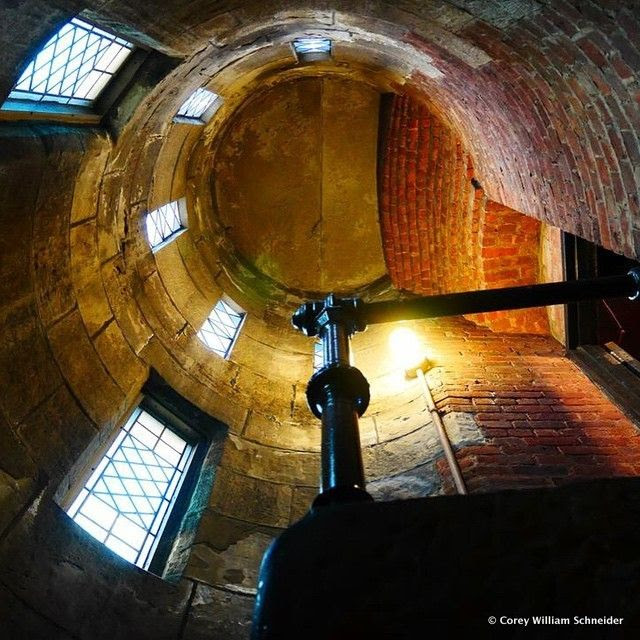
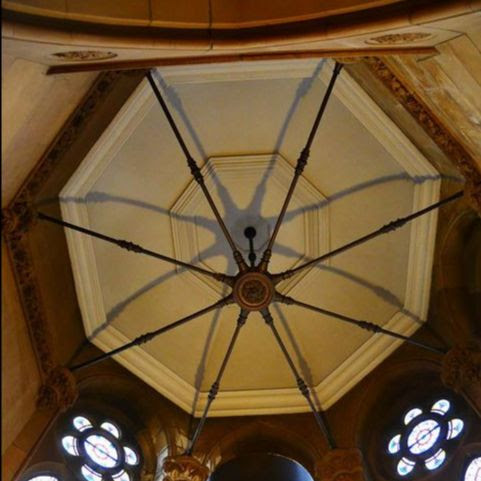
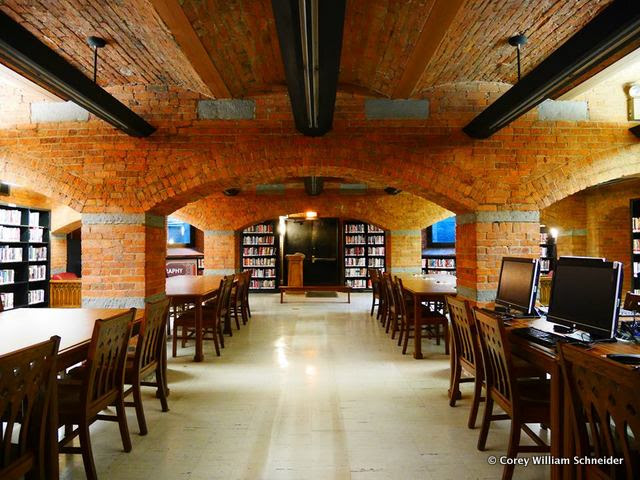
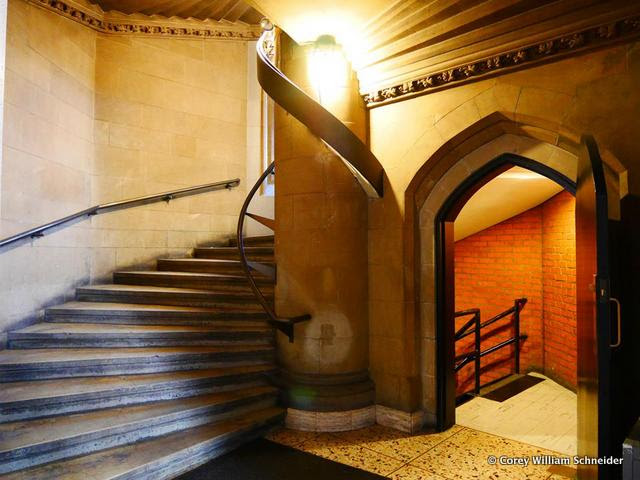
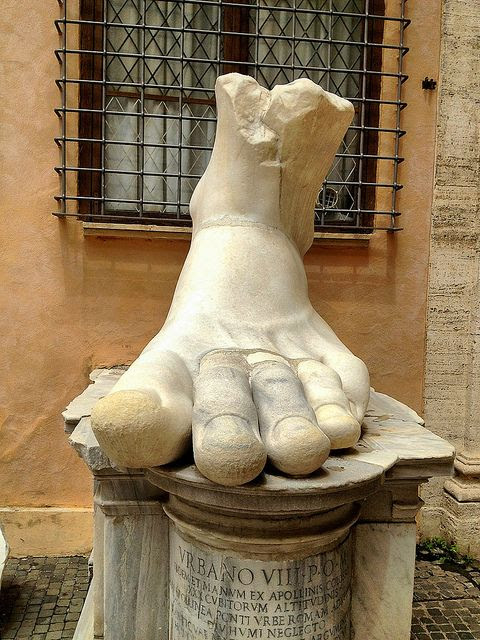

Leave a comment